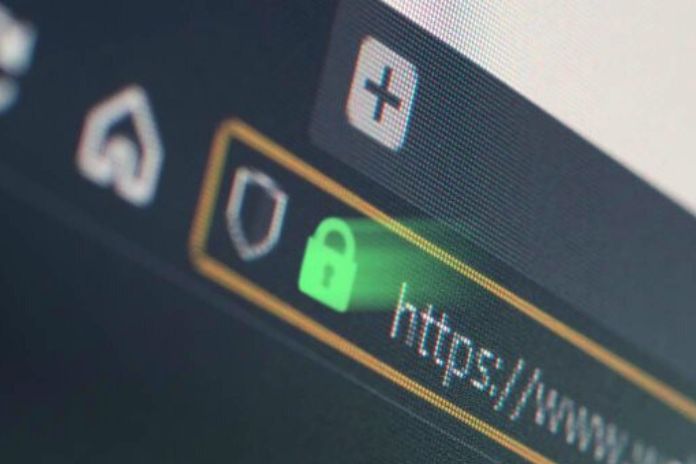The rapid evolution of cyber attacks is a significant threat to any website. If yours has been hacked, it’s best to act now and mitigate the damage. Every day, more and more websites are being hacked. If your site has been hacked, fixing the problem as soon as possible minimizes the damage. The signs of a violation vary and may even be invisible, depending on the type of attack. To confirm your suspicions, use website checkers like Sucuri SiteCheck, DeHashed, and Have I Been Pwned?
How To Restore A Hacked Site
Change Your Passwords
Changing all passwords will prevent hackers trying to guess them from accessing them ( brute force attacks ) and prevent compromising other accounts. In addition, users’ access privileges need to be reviewed, which hackers could steal.
Create A Backup
You can reload this version by downloading a website backup and repeat the cleaning process if it fails the first time. Keep post-hack backup files separate from previous versions.
Track Actions
Most hacking attempts occur for vulnerabilities due to changes made to the website. You should quickly identify the source of security problems by tracking your actions. Calculate the time when the hack occurred and review the changes made before.
Investigate Violations Online
Keeping up to date with cybersecurity news will help you find vulnerabilities more efficiently and remove malicious code before it devastates your website.
Contact The Hosting Provider
If your hacked website runs on shared hosting, the source of the security problems could be elsewhere. Contact your provider to see if other websites on the same server were attacked.
Google Blocklist And Spam Blocklist
Check if your website ends up on Google Blocklist using Google Search Console. The warning will appear under “Security Issues” in the “Security and Manual Actions” section. Use Google Safe Browsing to check the site’s safety status and see if your site is out of the anti-spam database.
Reset The .htaccess File
Disabling and restoring the .htaccess file (which contains high-level configuration settings) to its original version may help solve the problem. Only grant access to specific users.
Fix The Vulnerability
Using plugins or scanning tools helps to identify any vulnerabilities and fix them. It is best to rely on a cybersecurity expert if you have no technical knowledge. Otherwise, you can restore the site backup file but lose all data and changes made since the backup was created.
Scan Your PC
The last step is to scan your computer with antivirus software to ensure that whatever is infecting your website is not compromising your computer. At this point, you will have recovered the hacked site even if there is no guarantee that it will not happen again in the future.
Thoroughly Check The Availability And Integrity Of Your Pages
Use Wget or cURL to test visit specific pages on your site – for example. The hacker modifies the home page or a URL. The pages should now be clean. Once you’ve verified that all pages are back to normal, you can request a review.
Wait For The Verification To Complete
- Malware scan duration: It takes a few days to scan websites infected with malware. Once the verification is complete, you can view the result in the Search Console under Messages.
- Spam verification time: Websites that have been hacked and spammed can potentially take several weeks to be verified. This is because spam checks may require manual investigation or cleanup of the hacked pages. If the verification is successful, the Security Issues no longer list the categories of hacks or examples of hacked URLs.
- Phishing verification time: Phishing verification takes approximately one day. If the verification is successful, the visitor’s phishing warning is removed. Your website will then appear again in the search results.
If Google determines that your site is clean, the warnings will be removed from all browsers and search results within 72 hours. If Google finds that the issue hasn’t been fixed, Search Console will list additional infected URLs in the security issues report to help you with your subsequent investigation. Warnings about hacked websites affected by malware or spam will continue to appear in visitors’ browsers and search results to protect them from harm.
Final Steps
If the verification is successful, you should ensure that your website works correctly. To do this, test whether the pages load correctly and whether the links are clickable. To keep your website as secure as possible, we strongly recommend implementing the maintenance and security plan in the Clean and Maintain Website section.
Also Read: One-Page Site – Benefits And Disadvantages Of Single-Page

